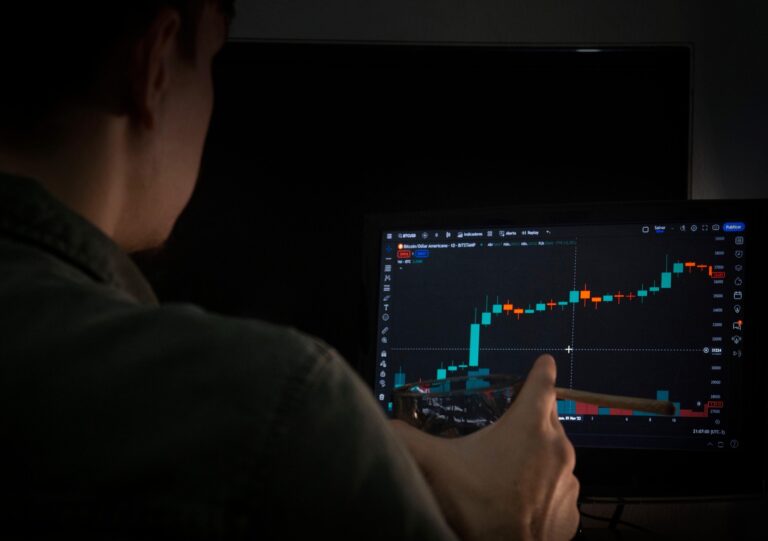South Korea’s short selling system is set to fully resume on March 31, 2025, approximately 4 years and 10 months after it was suspended. Financial authorities are introducing an electronic system (NSDS) to prevent naked short selling and are working on improving the system so that retail investors can engage in short selling under the same conditions as institutions. However, the fear and distrust toward short selling remain deep among retail investors.
In fact, the period when short selling was completely banned was only about 1 year and 2 months. In March 2020, the government imposed a complete ban on short selling for all stocks to prevent severe market instability caused by the COVID-19 pandemic. From May 3, 2021, short selling was partially allowed only for stocks included in the KOSPI 200 and KOSDAQ 150 indices. However, most general stocks were still prohibited from short selling, and it was mostly foreign and institutional investors who conducted short selling. Even this was temporarily halted again in November 2023 when a global investment bank was involved in an illegal short selling incident.

There are various reasons why retail investors fear short selling, but they can be largely divided into two categories. The first is opacity. Short selling, which involves borrowing stocks to sell them in anticipation of a price drop, operates under a different mechanism from normal trading. In this process, institutional or foreign investors are often perceived to have more information and to react faster, which becomes a major factor of anxiety for retail investors.
Since short selling has been mainly used as a strategic investment tool by foreign or institutional investors, retail investors find it difficult to accurately grasp their intentions. For example, when large-scale short selling targets a particular stock, retail investors may fail to understand the market’s intentions and hastily sell or close their positions. This opacity eventually amplifies market anxiety and leads retail investors to perceive short selling itself as something fearful.
The second reason is information asymmetry. Short selling requires highly strategic decision-making based on information. However, retail investors have limited access to information compared to institutional or foreign investors. For example, institutional investors can conduct detailed analysis on individual stocks through sophisticated research systems and professional analysts, while retail investors find it difficult to utilize such advanced information. Furthermore, it is often challenging to accurately identify which stocks are being shorted and to what extent, making it difficult to protect against potential damage.
In particular, short selling information is often difficult to track in real-time, which means retail investors make investment decisions without fully knowing when short selling is occurring. This can cloud investment judgment and increase the risk of loss.
Short selling significantly influences investor sentiment. When short selling resumes, retail investors may feel heightened fear that stock prices could be artificially driven down. Especially if foreign investors execute large-scale short selling, retail investors are likely to feel greatly intimidated psychologically.
Also, short selling can be interpreted as a negative signal in the market. For instance, if the short selling position of a particular stock increases significantly, it can be perceived as a sign that the stock is overvalued. This perception may cause retail investors to join the selling trend, which could actually lead to a decline in stock prices. In other words, short selling itself negatively affects market sentiment, but the fear of short selling can create additional selling pressure, resulting in a vicious cycle.
Additionally, short selling can exacerbate the instability perceived by retail investors. When they realize that short selling is taking place, they may feel anxious and either become overly cautious in making investment decisions or act rashly. This can lead to inefficient trading and increase market volatility as a whole.

Several measures are needed to help retail investors overcome their fear of short selling and achieve stable investment. The most important step is to enhance transparency in short selling transactions. The transaction details of short selling should be disclosed more transparently, and a system should be established to allow real-time confirmation of short selling ratios for specific stocks. This would provide an environment where investors can quickly identify and respond to short selling information.
Efforts to improve information accessibility are also necessary. Financial authorities and exchanges should regularly provide analytical reports and relevant indicators so that retail investors can more easily obtain information related to short selling. Moreover, strengthening the provision of objective and fair information about short selling is essential to help retail investors accurately understand market conditions.
Finally, educational programs should be provided to help retail investors understand the short selling system and its impact. Financial education should be strengthened, and programs that help investors establish more sophisticated investment strategies should be developed. It is important to help retail investors respond rationally to short selling without fear.
While it is clear that short selling can play an important role in the market, if measures to help retail investors respond reasonably are not established, the resumption of short selling may only exacerbate market anxiety.
Short selling is undoubtedly a system that can play an important role in the market. However, if measures to help retail investors respond rationally are not established, the resumption of short selling could further increase market instability. In the end, only a market built on transparency and fairness can alleviate the anxiety of retail investors and coexist with them.






